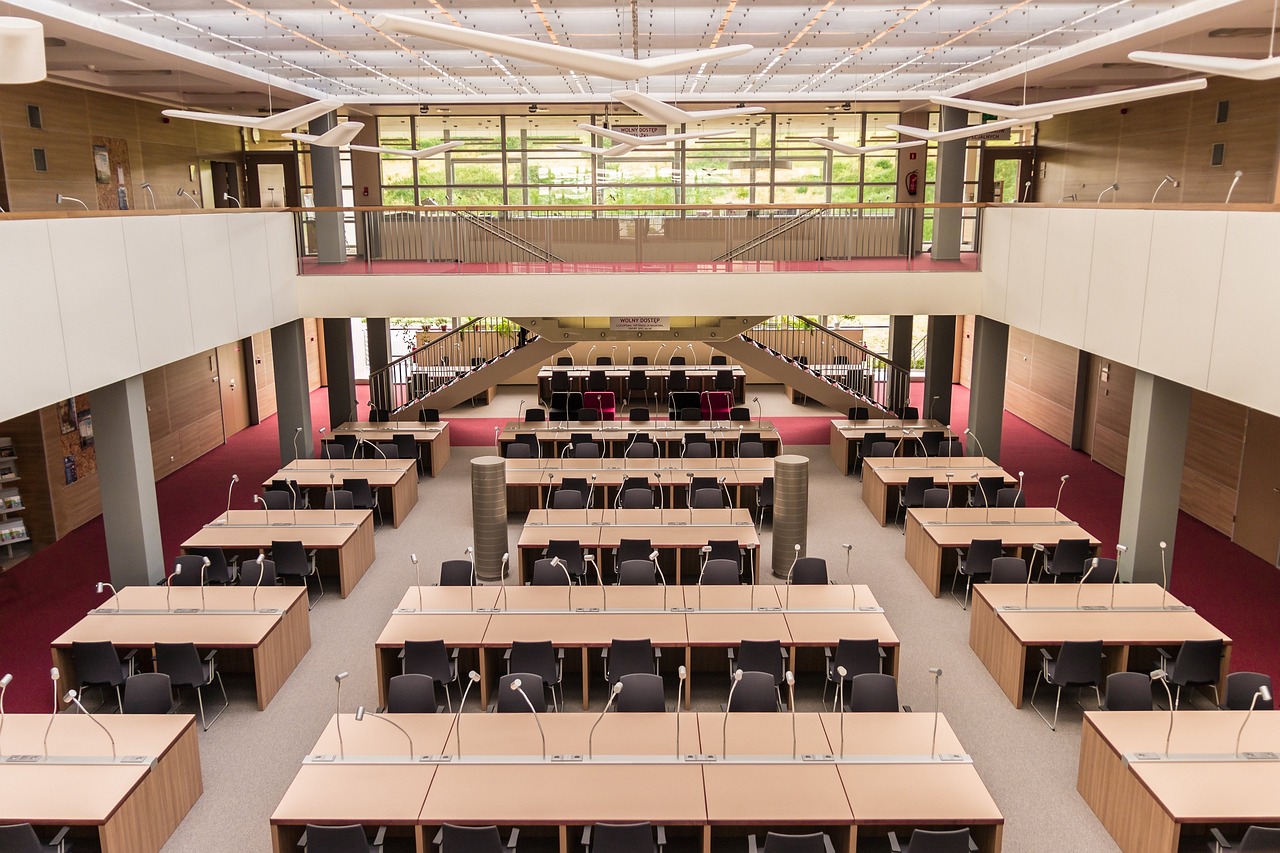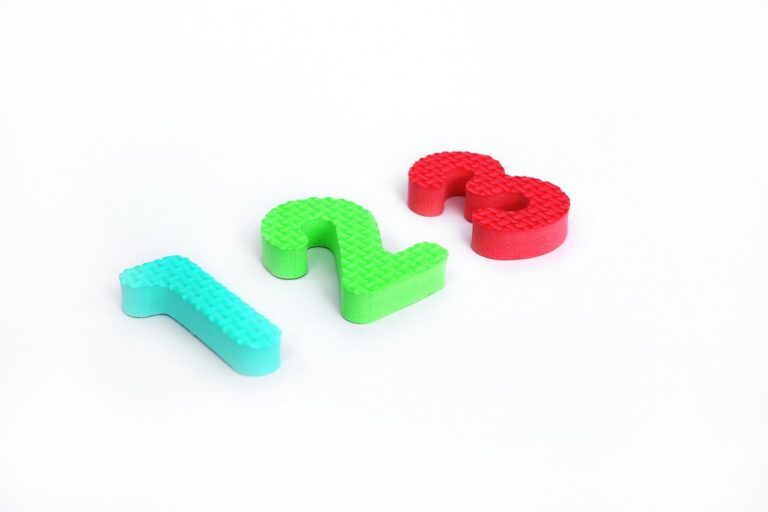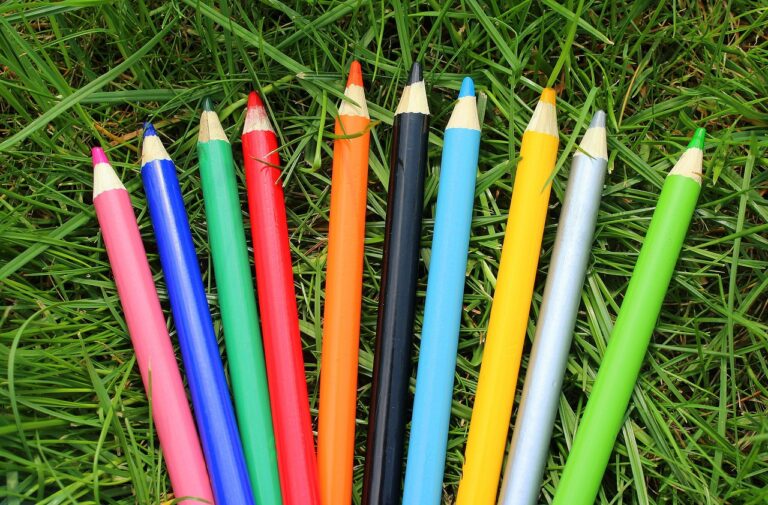Exploring the Role of Arts Integration in Core Curriculum Subjects
Arts integration in core curriculum subjects has been shown to enhance students’ critical thinking skills and creativity. By incorporating arts such as music, visual arts, theater, and dance into subjects like math, science, and language arts, students are able to make connections between different disciplines and deepen their understanding of the material. This approach not only makes learning more engaging and enjoyable but also fosters a more holistic and well-rounded education for students.
Furthermore, arts integration has been linked to improved academic performance and increased retention of information. When students engage in hands-on artistic activities related to their core curriculum subjects, they are more likely to remember and apply the concepts they have learned. This experiential learning approach helps students develop a deeper appreciation for the material and encourages them to approach learning in a more creative and innovative way.
The History of Arts Integration in Education
During the Renaissance period, the concept of integrating arts into education gained popularity as artists and scholars believed in the harmony between disciplines. Leonardo da Vinci, for example, embraced a holistic approach to learning that included blending art and science to broaden understanding. This era marked a significant shift in educational philosophy towards a more interconnected and interdisciplinary approach.
In the 20th century, the progressive education movement in the United States further championed the incorporation of arts into core subjects to promote creativity and critical thinking skills. Influential educators like John Dewey emphasized the importance of experiential learning and viewed arts as a way to engage students in meaningful ways. This movement laid the foundation for arts integration in education as we know it today.
Ways to Incorporate Arts into Math Lessons
Incorporating the arts into math lessons can enhance students’ understanding and engagement. One way to achieve this is through visual representations. For instance, students can create geometric art pieces using shapes and patterns to reinforce concepts like angles, symmetry, and fractions. This hands-on approach allows students to apply mathematical principles creatively.
Another effective method is through music and rhythm. Integrating music into math lessons can help students grasp concepts like patterns, sequences, and even multiplication tables. By creating chants, songs, or rhythms that represent mathematical formulas or sequences, students can develop a deeper understanding of these concepts in a fun and memorable way. Music not only aids in memorization but also stimulates different areas of the brain, making learning more holistic and engaging.





